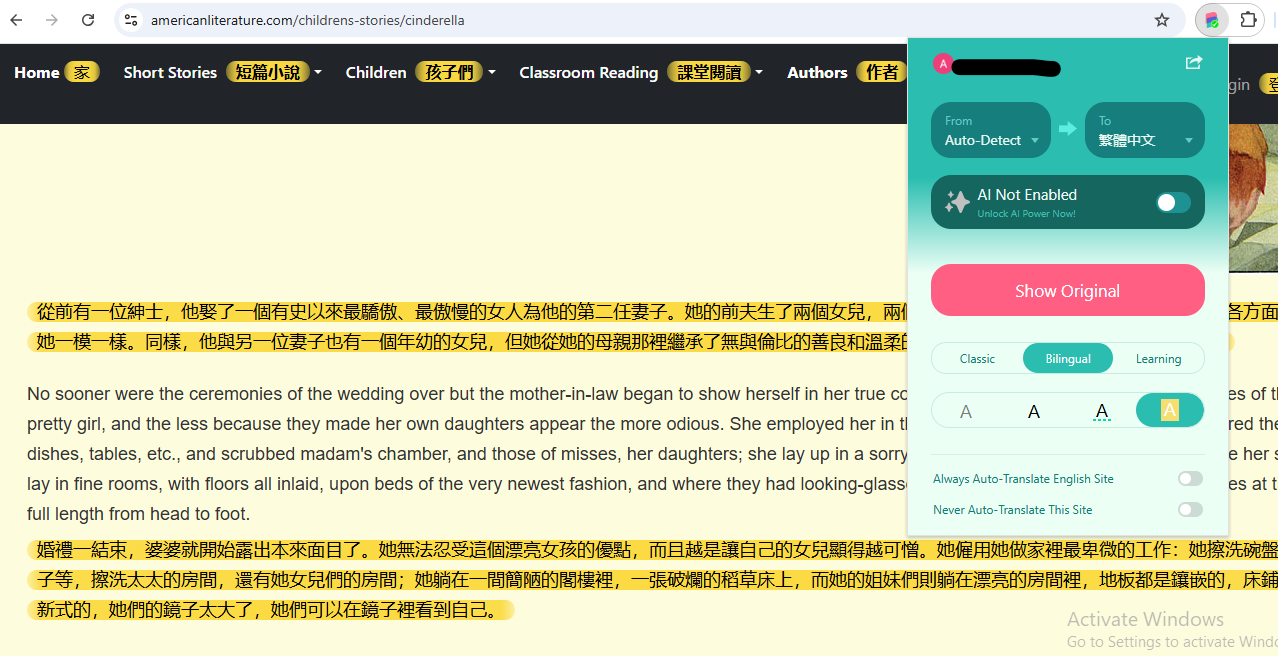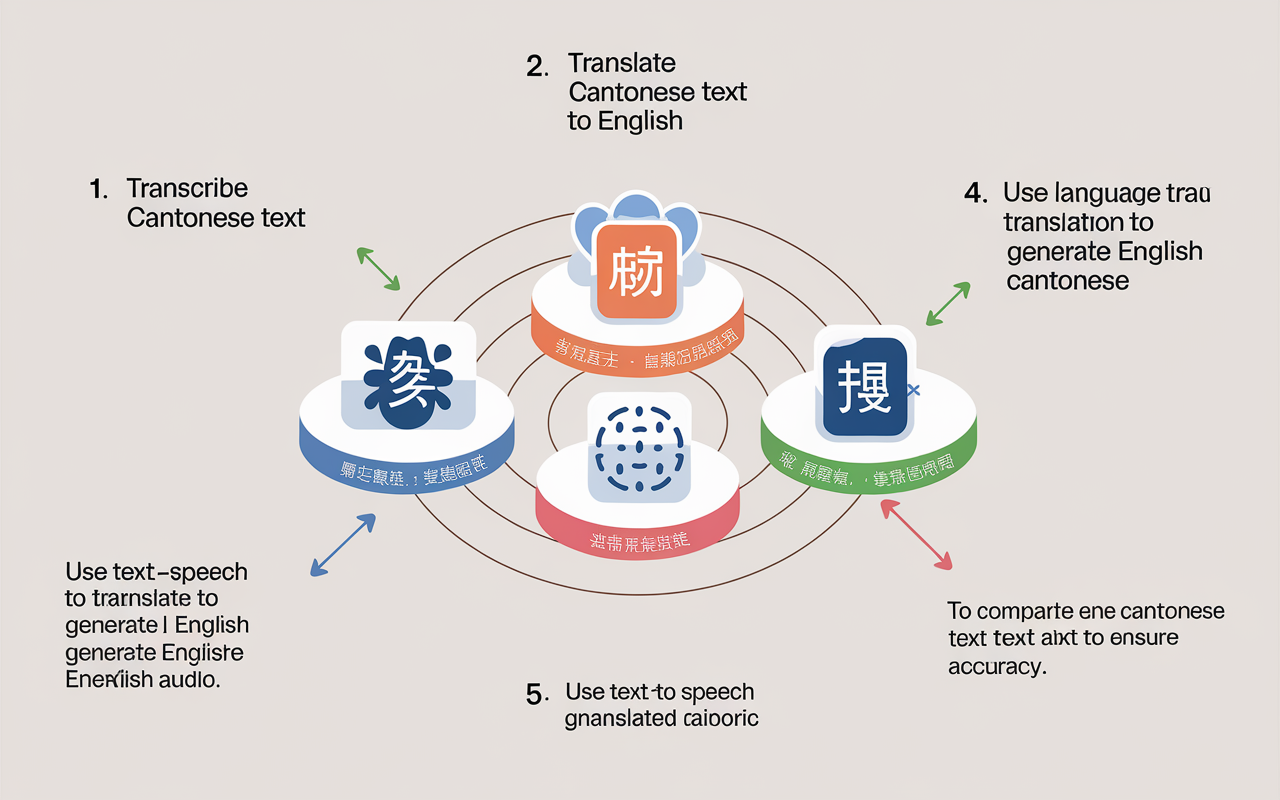Convert Words from English to Cantonese Today
Did you know there’s a tool that can translate English to Cantonese (Traditional) efficiently and still able to translate 130+ languages? This opens up new ways to communicate across languages. It’s great for business, students, or anyone who loves languages.
In this guide, we’ll dive into English to Cantonese translation. We’ll cover the dialect’s nuances and how to use it easily. You’ll learn about character systems and pronunciation. This will help make your Cantonese conversions accurate and effective.

Key Takeaways
- BiRead offers English to Cantonese (Traditional) and 130+ other languages translation.
- The guide will explore the intricacies of Cantonese translation, including character systems and pronunciation.
- Readers will gain the knowledge to effectively navigate the language landscape and convert words from English to Cantonese accurately.
- The guide will cover popular online translation tools for Cantonese and essential steps for accurate English to Cantonese conversion.
- Challenges in English to Cantonese translation and advanced features of modern translation platforms will also be addressed.
English to Cantonese: A Simple Guide
Cantonese stands apart from other Chinese languages. Converting English language to Cantonese requires understanding its key traits. This includes its character systems, how words are pronounced, and its grammar.
Traditional vs Simplified Character Systems
Traditional Chinese writing is used in Cantonese, with more strokes than Simplified Chinese. Picking the right characters matters when translating.
Speaking Clearly in Cantonese
Correct sounds and tones are vital for speaking Cantonese well. If you mispronounce, it can cause trouble. Knowing how to pronounce Cantonese well helps you connect better with native speakers.
Basic Grammar Differences
Cantonese grammar is simpler than many other languages. It doesn’t have tenses, gender, or many other complex features. Sentences follow a basic order of subject, verb, and object, like English. But, it uses special particles to show mood or attitude, which is different.
Learning about Cantonese translation is essential. It covers recognizing characters, pronunciation, and grammar. Knowing these basics is the first step to successful English to Cantonese translation.

Popular Online Translation Tools for Cantonese
Over 68 million people speak Cantonese worldwide. This has made finding reliable translation tools very important. Even though Google Translate doesn’t support Cantonese, many other tools have stepped in.
SayHi Translate is one such app. It lets users translate English to Cantonese. It also has text-to-speech and speech recognition. This is great for travelers or anyone wanting to learn Cantonese.
Biread is another tool that excels in Cantonese translation. Powered by AI, it offers enhanced translation quality, allowing you to read English content and understand it in Cantonese with more accuracy and ease. Whether you’re reading social media posts, academic papers, or traveling, Biread provides seamless bilingual display for better comprehension.

Even with natural language processing and speech recognition getting better, human translators are still key. They understand the language’s subtleties and cultural background. This is important for keeping the original meaning and tone.
As technology gets better, we’ll see more improvements in Cantonese translation tools. This could include better natural language processing and speech recognition. It will make Cantonese more accessible to everyone.
Essential Steps for Accurate English to Cantonese Conversion
Switching from English to Cantonese needs careful steps for accurate translation. It involves recognizing characters, using the right tones, and keeping the original meaning. These steps are crucial for a smooth conversion.
Character Recognition Methods
Cantonese uses characters, unlike English’s alphabet. Good text-to-speech and language translation tools must understand these characters well. They need to grasp their complex shapes and meanings.
Tone Pattern Implementation
The tone system in Cantonese is key. Each character has a tone that changes its meaning. To translate English to Cantonese well, you must know and use these tones correctly.
Context Preservation Techniques
Keeping the original context is also vital. This includes cultural references, idioms, and subtle meanings. Losing these can make translations unclear.
By following these steps, text-to-speech and language translation tools can make Cantonese sound natural. This helps English and Cantonese speakers understand each other better.

Common Challenges in English to Cantonese Translation
Translating English into Cantonese is tough because of their different structures. It needs a deep understanding of both languages. This is key for successful dialect conversion and cross-lingual communication.
One big challenge is translating idioms. Cantonese is full of sayings and metaphors without direct English matches. Keeping the original meaning and cultural context is very hard.
The tonal nature of Cantonese adds more complexity. With four tones, one character can mean different things. Translators must pay close attention to tones for accurate translation.
English and Cantonese also have different grammar rules. English uses tenses and plurals, but Cantonese doesn’t. Translators must find creative ways to keep the meaning clear.
Another issue is the use of traditional and simplified Chinese characters. Translators need to know how to switch between these to meet the needs of Cantonese speakers.
To overcome these challenges, translators need linguistic skills, cultural knowledge, and new translation tools. By tackling these issues, they help English and Cantonese speakers understand each other better.

Advanced Features of Modern Translation Platforms
Modern translation platforms are getting better at handling multilingual processing. They now offer advanced features to make English to Cantonese translation better. These features use natural language processing to give users personalized and accurate translations.
Speech Recognition Capabilities
Modern platforms can now understand and translate spoken Cantonese. This means users can talk naturally, and the platform will translate it into English right away. It’s great for having conversations without language barriers.
Real-time Translation Options
These platforms also offer real-time translation. Users can get instant translations of text, making communication easier. Whether it’s emails, messages, or documents, real-time translation helps information flow smoothly.
Multi-dialect Support Systems
These platforms support different Cantonese dialects. They adjust for regional differences in words, grammar, and how words are said. This ensures accurate translations for every Cantonese speaker, making the experience better.
The world of natural language processing is growing. So, modern translation platforms will keep getting better. They will make English to Cantonese translation even more seamless and efficient.

Conclusion
The way we translate English to Cantonese has changed a lot. Now, we have tools like Biread that can do everything from simple text to speech recognition and real-time translation. These tools keep getting better, helping both learners and professionals to communicate better across languages.
With technology improving, we can expect even better translations soon. This will help meet the special needs of those who speak Cantonese.
Places like CantoneseClass101.com have been key in teaching Cantonese. They’ve given over 750,000,000 lessons to students all over the world. They offer lots of audio and video lessons, vocabulary tools, and even personalized teaching.
This helps learners get good at Cantonese, including its unique way of arranging words and its structure.
As more people need Cantonese translation, companies like Biread, which specialize in AI-driven language tools, are ready to help. They use the latest in language tech to give accurate and efficient translations. This helps strengthen connections and understanding worldwide.
FAQ
How does Cantonese differ from other Chinese language variants?
Cantonese is different from other Chinese languages like Chinese (Simplified) and Chinese (Traditional). When translating, it’s important to recognize characters, pronounce them correctly, and understand grammar differences.
What features do online translation tools for Cantonese typically include?
Online tools for Cantonese translation have many features. They include character limits, language choices, and translations of common phrases. Some tools also offer speech recognition and natural language processing.
What are the key steps for accurate English to Cantonese conversion?
For accurate Eng to Cantonese conversion, follow key steps. These include recognizing characters, using the right tones, and keeping context. Advanced tools may also help with pronunciation and understanding.
What are the unique challenges in translating between English and Cantonese?
Translating English to Cantonese has unique challenges. These include accurately translating idioms, using correct grammar, and understanding Cantonese characters. Cantonese’s tonal nature also makes translation harder.
What advanced features do modern translation platforms offer for English to Cantonese translation?
Modern platforms offer advanced features for English to Cantonese translation. These include speech recognition, real-time translation, and support for different Cantonese dialects. They also handle documents securely and offer various payment options.
Source Links
- English to Cantonese translation: a quick hack in under an hour – https://towardsdatascience.com/english-to-cantonese-translation-a-quick-hack-in-under-an-hour-fe8bdae398f5
- The Only Cantonese Pronunciation Guide You’ll Ever Need – https://www.cantoneseclass101.com/cantonese-pronunciation/
- Tips for English to Chinese Translation | GPI Translation Blog – https://www.globalizationpartners.com/2021/05/20/english-chinese-translation/
- Top 7 Challenges when translating English to Chinese – https://www.1stopasia.com/blog/7-challenges-when-translating-chinese-to-english/
- The Basics of Cantonese Sentence Structure & Word Order – https://www.cantoneseclass101.com/blog/2020/08/07/cantonese-word-order/
Translate smarter with Biread's AI-powered tools.
Seamlessly switch between English and Cantonese today.
Try Biread Free





